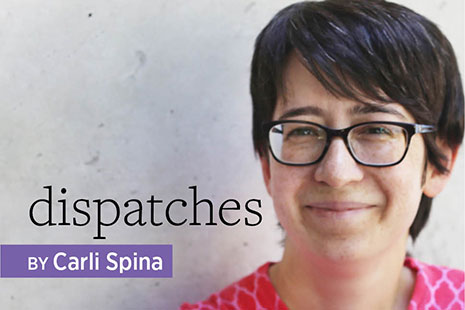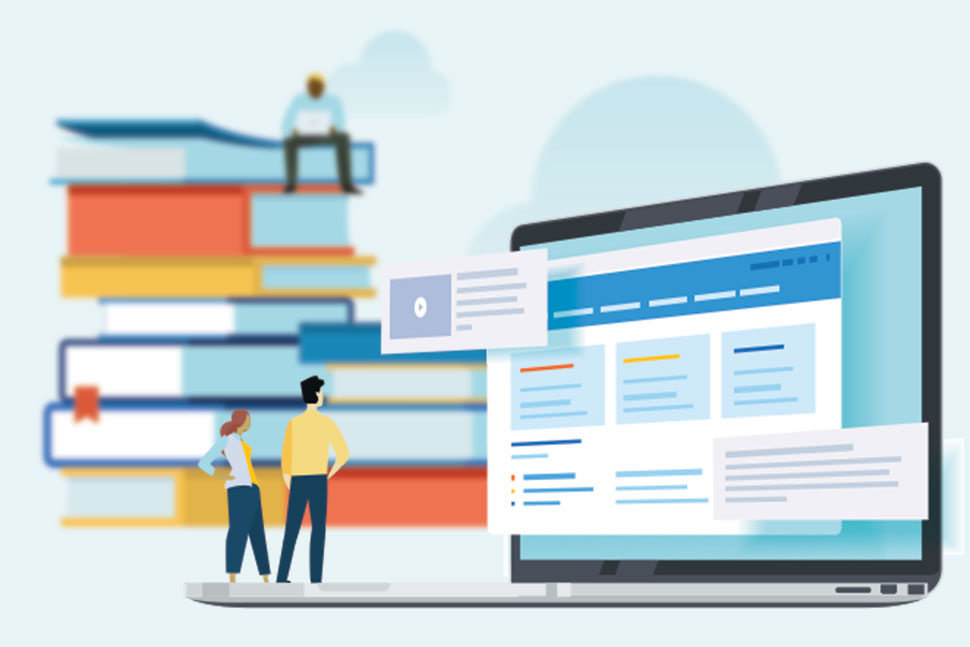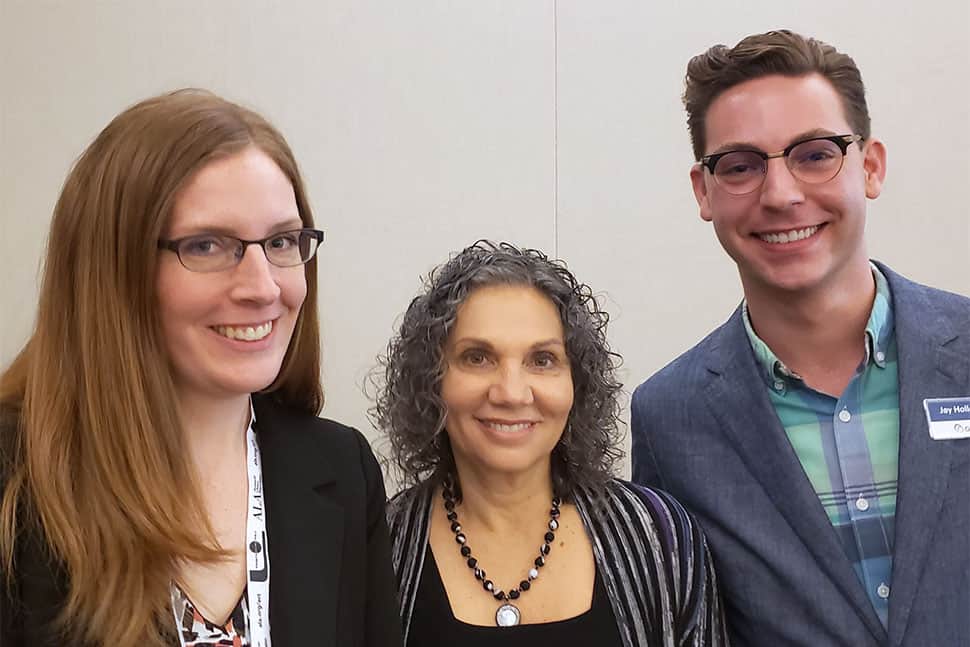
10 Tips toward Accessibility
November 1, 2024The guidelines include three principles that instructors must provide via multiple means: engagement (the “why” of learning), representation (the “what” of learning), and action and expression (the “how” of learning). The guidelines are an excellent reference for planning library instruction sessions that can reach learners regardless of disability, learning styles, and preferences. However, to create … Continue reading 10 Tips toward Accessibility








